Vacuum Technology
High corrosion-resistant vacuum systems
Multi-stage steam jet vacuum pumps in graphite are used to extract corrosive gases and vapors, particularly where halogen compounds are present and stainless steels are not sufficiently resistant.
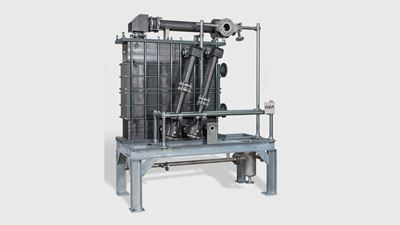
GEA uses jet pumps and surface condensers made of graphite for its vacuum pumps in all cases wherethe usual corrosion and acid proof materials are not resistant enough.
Because of its excellent thermal conductivity and its high resistance to temperature change, graphite is the ideal material for heat exchangers and jet pumps. Gas-tightness is achieved by means of impregnation. Jet pumps made of graphite and operated in vacuum below 3 mbar can be heated to eliminate ice formation.
In cooperation with SGL, a major manufacturer of carbon-based products, GEA has developed a new ejector body made of graphite with many advantages to bring the vacuum system on another performance and safety level.
The new developed graphite ejector can be adapted to customer required process conditions and optimize steam consumption.
As surface condensers, block heat exchangers, shell-and-tube heat exchangers or also plate heat exchangers from graphite of all commercial makes are used which are suitable to condense vapors under vacuum.
Multi-stage vacuum systems with block heat exchanger benefitfrom small dimensions, little space requirement and simple assembly on site.
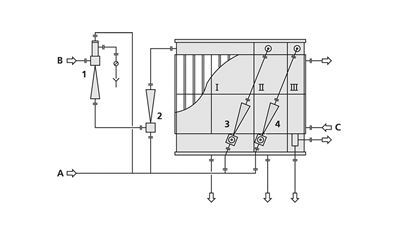
4-stage steam jet vacuum pump with block condenser in compact design
- A motive steam
- B suction connection
- C cooling water
- 1-4 jet pumps
- I-III condenser chambers
Jet vacuum pumps are utilized for suction pressures down to approx. 0.1 mbar. GEA designs these vacuum pumps for a barometric installation and using a gear pump in Hastelloy also for a non-barometric installation.
Advantages
- Compact design
- Easy to clean
- Of variable use
- No moving parts
- Low maintenance
- Can be installed in virtually all situations
- Quickly and easily put into operation
- Low acquisition costs
Upgrading existing ceramic steam jet vacuum systems
Previously ceramic jet pump systems have proven to be very successful. However, with the increased standards, ceramic jet pump systems no longer meet the requirements of the industry.
Existing porcelain jet pumps can be replaced by graphite jet pumps without any on-site modifications. The installation dimensions remain unchanged. By means of graphite jet pumps, existing steam jet vacuum plants can be optimized in terms of energy consumption and performance
Downloads
Related Products
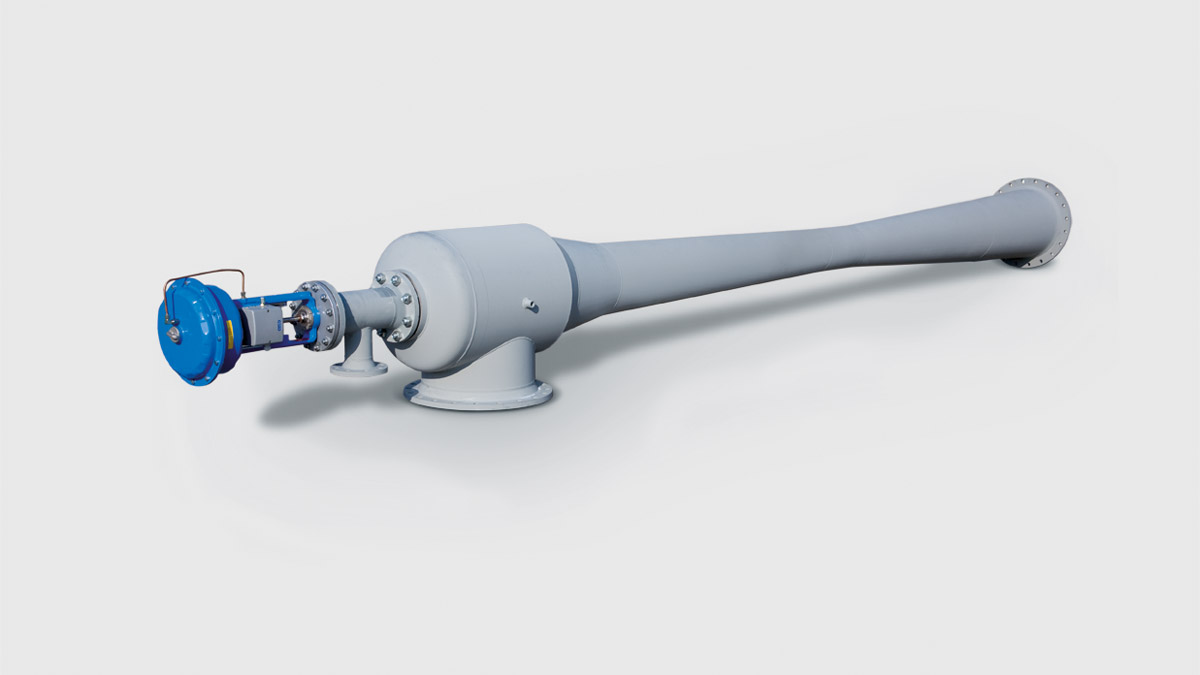
Variable - Flow Ejectors
Variable - Flow Ejectors are based on proven GEA jet pump technology and often used for heat recovery.
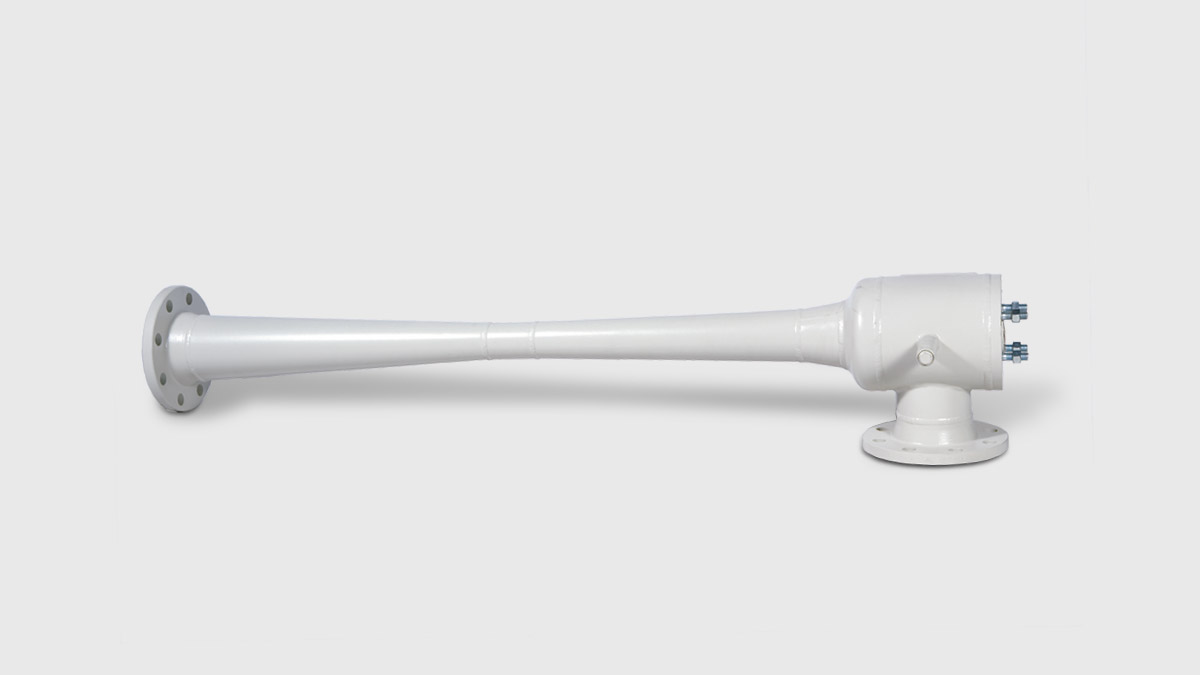
Steam jet ventilator
Steam jet ventilators are based on proven jet pump technology and often used to convey air, gases and vapors.
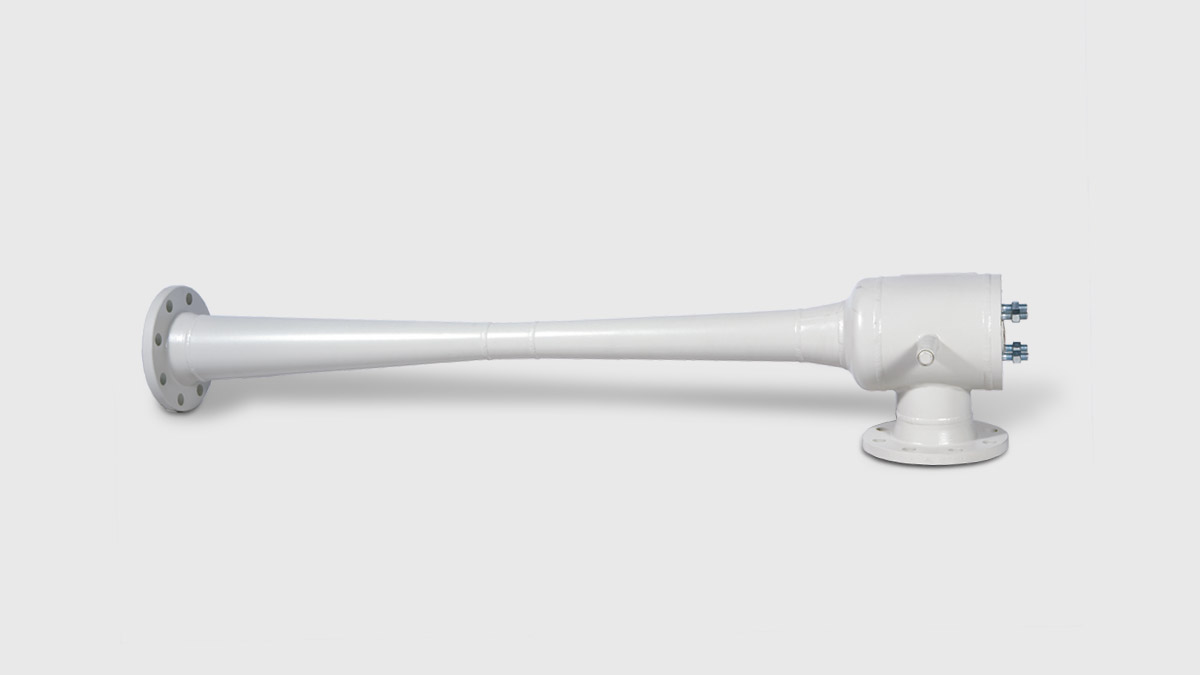
Steam jet compressor
Steam jet compressors type bv1 are based on proven jet pump technology and often used used in evaporating, distillation, cooling, crystallization, deodorization, degassing and drying under vacuum.

Liquid jet liquid pump
Liquid jet liquid pumps are used for conveying and mixing liquids such as water, acids or lye in water and waste water treatment plants.
GEA Insights India
All pharmaceutical freeze-drying vials are the same! Aren't they?
Whether it’s a fad or the future, 100% vial traceability is becoming an increasingly important consideration in the pharmaceutical freeze drying industry. Keeping a close eye on developments is GEA. We’re investigating possible solutions and, what’s more, we have the experience, expertise and know-how to implement them.
Alcohol-free beer: They want it all – they want less
There was a time when the phrases ‘non-alcoholic beer’ and ‘tastes good’ were seldom used together in the same sentence, particularly by consumers. But low-proof and alcohol-free beers have come a long way – many of them now refreshing drinks in their own right – thanks in no small part to technology from GEA.
Innovating patient care with aseptic spray drying
At GEA, our commitment to engineering for a better world fuels our pursuit of innovative solutions that enhance patient care and safety. One of our most promising ventures in recent years is aseptic spray drying – a technology that promises to revolutionize pharmaceutical manufacturing.